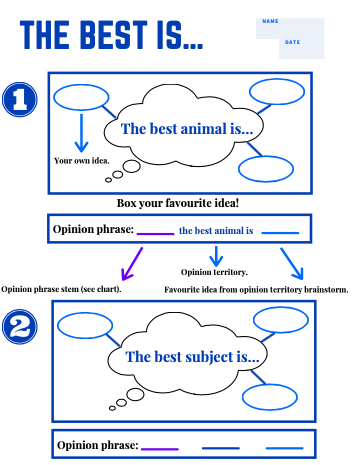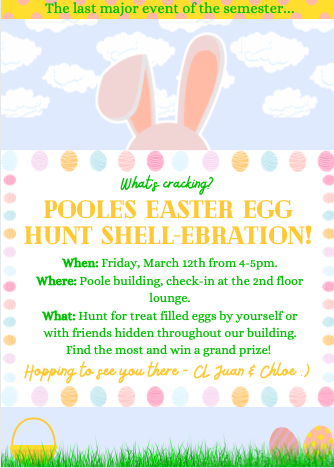Our topics of focus this week, augmented reality and learning design, got me seriously eager to do some investigating on my own and dive into some of the activities. Specifically, the seminar video about Merge Cube truly peaked my curiosity and had me googling where I could get my hands on one (they’re about $18 on Amazon) (The Computer Science Education Research Group Augmented Reality, 2020)! Seeing students use these AR devices in action and being authentically motivated and driven to participate in classroom activities was so exciting to watch – I thought the virtual museum where each student took responsibility over one artifact was extremely creative and could see myself loving this as a kid (The Computer Science Education Research Group Augmented Reality, 2020). I kept reflecting upon was how screen time is seen as something that needs to monitored and limited because it can take away from “real world” learning opportunities. I think there is some truth to the preceding, but Merge Cube is a perfect example of how educators can use technology in a school setting to the benefit of their students, as it would actually expand the breadth of topics that could be explored through hands-on learning. And, as discussed on The Principles of Learning webpage, the principle of intensity implies that a student will learn more from the “real thing” than from a substitute, and that an exciting learning experience teaches more than a routine or boring one (Principles of learning, n.d.). I know for myself, seeing scaled versions of the solar system for example in a 3-D format would have dramatically increased my understanding in an astronomy class I took first year, rather than simply viewing it from a textbook with words and other distractors present.
Additionally, the principle of freedom states that “the greater the freedom enjoyed by individuals, the greater the intellectual and moral advancement” that will take place – the video below brings light to some of the many applications that can be used in cohesion with Merge Cube, such as one for studying body systems (IT WORKED, 2018) (Principles of learning, n.d.). It seems as though there are quite a few resources available for learners to explore and create with Merge Cube, which would undoubtedly give them control over their learning and meet the principle of freedom.
In terms of the software Canva, I have some familiarity using it given that my workplace during the school year provides me with the premium membership; I am involved with the Residence Life and Education department at the university and frequently host events for students living on-campus. To promote these events a poster is go-to, and I really appreciated the tutorials as I feel that I was able to refine my skills relevant to condensing information – this is something I struggle with. But again, as discussed last week in the How to Avoid Death by Powerpoint video, less is more in terms of retaining knowledge (Philips, 2014). I’ve had fun looking through some of the old posters and worksheets that I’ve designed via Canva, and brainstorming how I could change them to make them more engaging. I’ve embedded a few examples, and am hoping to revisit one for our assignment three. Thanks for stopping by!


References.
IT WORKED. (2018, February 25th). IT WORKED: Merge Cube AR for the Classroom! https://www.youtube.com/watch?v=dK7kPiknrBY
The Computer Science Education Research Group Augmented Reality. (2020, September 17). Augmented Reality (AR) Simulations with Merge Cubes. https://www.youtube.com/watch?v=ahJIzV6yE00
Principles of learning. (n.d.). Retrieved from https://psychology.wikia.org/wiki/Principles_of_learning#Intensity
Phillips, David JP. (2014, April 14). How to avoid death by PowerPoint [Mp4]. TED Talks. https://www.youtube.com/watch?v=Iwpi1Lm6dFo
www.psycology.org
June 3, 2021 at 10:36 am
Great examples of Canva. Glad you have had experiences before. AR is interesting for sure. I too looked up how to get one!